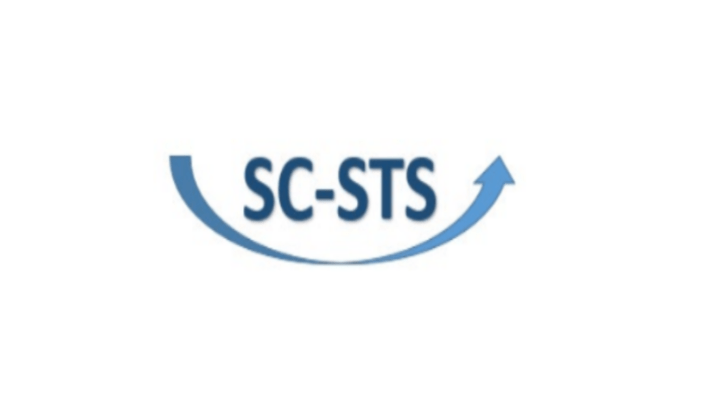
SC-STS, ABS finalise key settings for MAS Recommended Rate
It will serve as a contractual fallback reference rate in wholesale SOR contracts.
The key settings of the MAS Recommended Rate (MRR) have been finalised by the Steering Committee for SOR & SIBOR Transition to SORA (SC-STS) and the Association of Banks in Singapore (ABS).
The key settings are as follows:
- The MRR for the respective tenors (Overnight, 1-month, 3-months and 6-months) will be computed as the sum of Compounded SORA-in-arrears and an MRR Adjustment Spread for the respective tenor.
- The applicable MRR Adjustment Spread will be determined using the historical median of the spread between SOR and Compounded SORA-in-arrears for the respective tenor, using a 5-year lookback period ending 18 July 20223.
The MRR will serve as a contractual fallback reference rate in wholesale SOR contracts after 31 December 2024.
READ MORE: MAS committee lists 3 recommendations on adjustment spreads for Legacy SOR contracts
Meanwhile, the steering committee has also set out supplementary guidance for the pricing of conversion of wholesale SOR contracts to SORA.
The guidelines will apply to the active transition of SOR corporate loans, bonds and derivatives contract 4 to SORA until 31 December 2024. It also has to be applied directly to the transition of unhedged loans.
“The applicable adjustment spread for interest rate periods until 31 December 2024 should be computed from a linear interpolation between the Reference Spot Spread and the applicable MRR Adjustment Spread for interest rate periods after 31 December 2024,” the committee said.
READ MORE: SC-STS welcomes LCH’s clearing extension for OTC SORA derivatives
Moving forward, the guidelines will serve as a reference starting point for counterparty discussions on the transition of bilateral derivatives and hedged loans.
The committee said it will issue further guidance on technical and implementation issues of the MRR and introduce an online adjustment spread calculator to support the application of its supplementary guidance.
Both will be published by end-September 2022.
























 Advertise
Advertise






